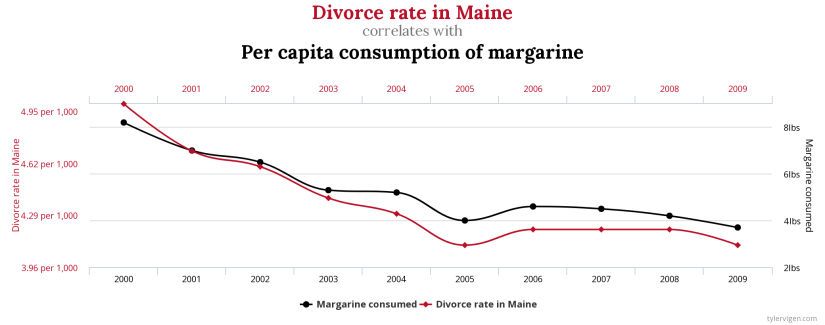How data visualisation can help explain what's happening in our organisations.

More than ever, organisations are replete with data. We have data on customers, suppliers, the market, broader society, even competitors. Some of this data exists but is less relevant for organisations. Most of this data is informative and beneficial if we're able to analyse and extract this information from available data in optimal ways.
Business analytics is the study of financial and non-financial information with a view to better understanding challenges and opportunities faced by organisations. As technology advances, our ability to combine and study large swathes of data is greater than it has ever been. In collectively studying more data points, we're able to better observe patterns and trends. These help us better understand what's actually happening in, or to, our organisations.
Use data to tell simple stories
How does this actually work? Business analytics focuses on number crunching and statistics, but also on quality storytelling. The best statistics in the world are arguably wasted if managers and employees don't understand and communicate the value of them. To this end, good business analytics allows employees to tell simple, elegant stories about how they're going that are easily understood by others.
To this end, a critical component of business analytics is the effective visualisation of numbers and trends using graphs and tables. It is often said that a picture paints a thousand words. A good visualisation allows us to quickly communicate something fundamental in a simple, clear way.
Be wary of spurious correlations
But beware some common storytelling pitfalls when doing so. If you talk to the numbers long enough, they'll tell you anything! Not all of it correct. One risk in imputing meaning from the numbers, is the assumption of causality when an association exists between two values. Business analysts call these spurious correlations. A somewhat sobering yet humorous example is the relationship between the annual divorce rate in Maine and the per capita consumption of margarine. Consider the table below.

Image: tylervigen.com
Clearly, one does not cause or have any connection with the other.
We leave you with a call for caution – business analytics must be blended with an operational understanding of our business. Many analysts go trudging/mining for patterns and get excited when they find one. They forget that smart analytics and fancy maths are a distant second to business knowledge and common sense! Ideally, both work together to work wonders for organisations.
Plus UTS Business Futures can support you and your fellow staff learning the art and science of business analytics.

